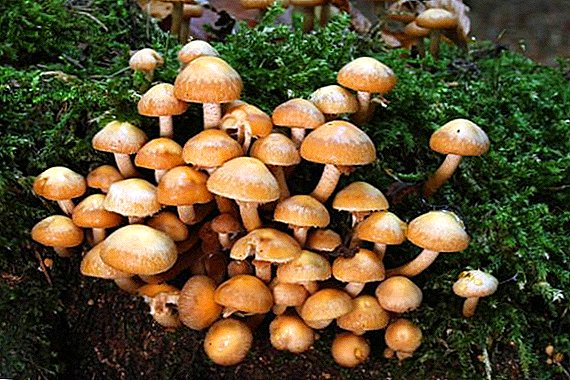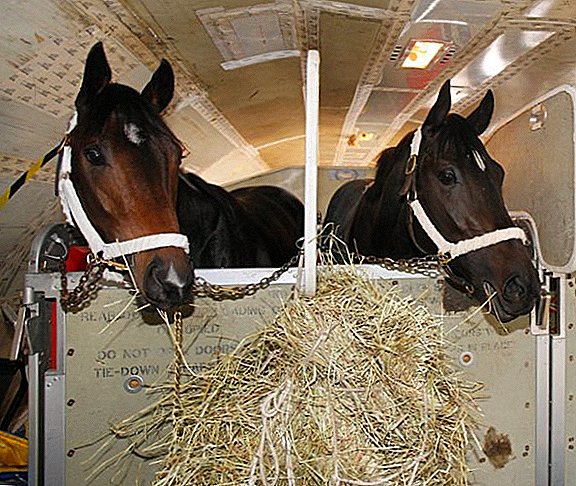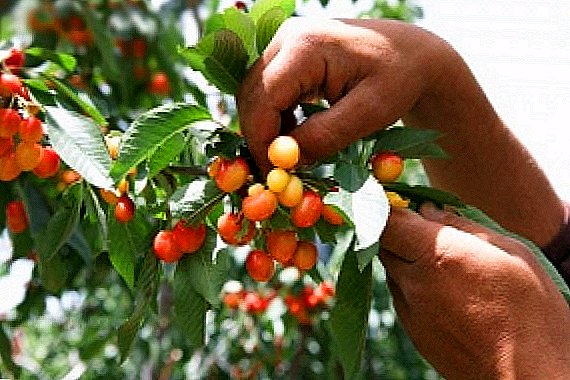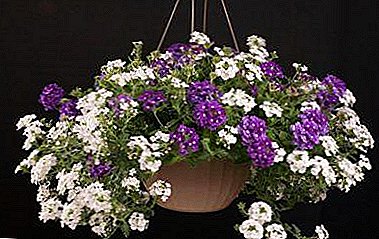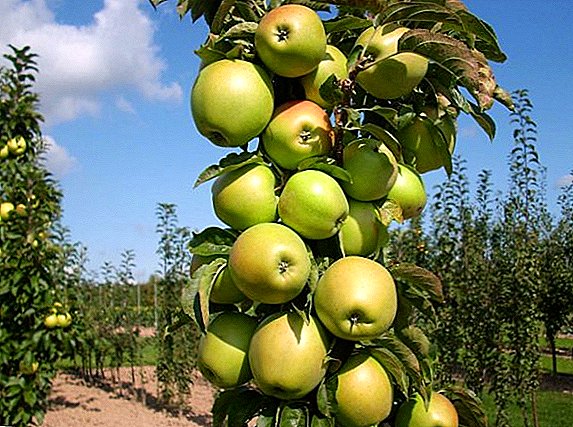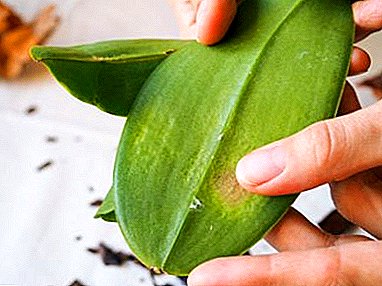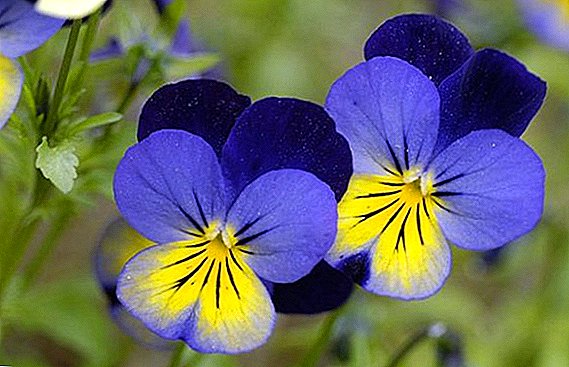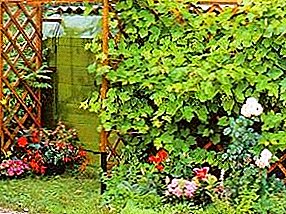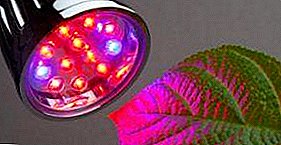
The most the best lighting for plants it is considered sunlighttherefore it is recommended to use it as much as possible.
Low intensity and duration of natural lighting in most regions do not allow to grow a good crop without the use of artificial light sources.
LED lightening considered one of the most environmentally friendly options, energy efficiency reaches 96 percent.
LED lamps: features and benefits
 In agriculture, most often used models consisting of several dozen LED-lamps, the number of the device depends on their number.
In agriculture, most often used models consisting of several dozen LED-lamps, the number of the device depends on their number.
The main feature led downlight is that one diode operates in a specific spectral group.
To create the required level of illumination there is the possibility of selecting multicolored elements, which provides the most optimal conditions for the growth and development of cultures.
Currently, scientific developments are underway that will allow to receive a weight spectrum of the light flux in one LED, which will ensure full round-the-clock cultivation of plants.
Benefits:
- economy - LED lighting for greenhouses, allows you to halve the cost of electricity;
- long service life - up to 50 thousand hours;
- excluded probability leaf burnas the lamps for greenhouses are LED, they practically do not heat up;
- no need for warm-up time instantly turn on and off;
- LEDs resistant to cold and greenhouse conditions;
- ice lampresistant to voltage drops;
- lack of fragile components mechanical stress resistance;
- diode lighting thanksflow of diffused light, allows to illuminate large spaces.
Types of lamps
 All LEDs - these are LED lamps, their case is distinguished by increased protection from the penetration of dust and water, there are several dozen models for agricultural needs.
All LEDs - these are LED lamps, their case is distinguished by increased protection from the penetration of dust and water, there are several dozen models for agricultural needs.
They are created under different types of bases, a special coating prevents the development of corrosion, also provided different mounting options.
All devices are divided into two main types:
- photoperiodic;
- permanent.
The first ones are installed when it is necessary to extend the daylight for several hours, the second ones - for round-the-clock lighting of the greenhouse. The choice depends on the type of plants grown, their need for lighting, photoperiodic elements are considered to be the most popular.
In what cases and in which greenhouses it is convenient to use
An important role when choosing a lamp is played by a light beam, the wavelength determines the belonging to a particular color spectrum. 
Exists six types of led lamps (red, orange, yellow, green, blue, blue) the differences are wavelength and color.
In agriculture, ultraviolet is not used, but ordinary violet and infrared radiation are used, since their wavelengths have a positive effect on the development of crops.
To enhance photosynthesis blue and red rays are used, the first are needed to increase yields and crowns, the second contribute root development.
Green spectrum is required for lush vegetation, most beneficial for getting a good harvest white LED lamps are considered.
A photo
The photo below shows the LED greenhouse lamps:






DIY DIY LED Lighting
Many are interested in the question whether it is possible to install LED lamps for the greenhouse with their own hands. The answer is simple, certainly possible!
At the initial stage, it is necessary to calculate the required number of lamps, taking into account the area of the greenhouse, the type of equipment and the type of plants. Make the layout of switches and sockets.
The following tools and materials are required for installation:
- wires, plastic covers for them;
- nails;
- cable;
- wire;
- insulation;
- tiny tiles;
- screwdrivers;
- power surge protector;
- switches;
- pliers;
- shovel;
- sockets.
 At first it is necessary to conduct the wires to the greenhouse by air or underground, the wiring will be fastened around solid wire.
At first it is necessary to conduct the wires to the greenhouse by air or underground, the wiring will be fastened around solid wire.
In the first case, the work involves the treatment of high voltage on the weight, so it is best to contact an electrician.
Stages:
- To lay the wires underground, it is necessary to make a narrow trench with a depth of about eighty centimeters, to place the wire with insulation there. Fill with earth and tile chips, to protect the wires from unplanned work.
- Install a fuse with an environmental protection plate.
- Make a wiring from the panel in accordance with the scheme, install switches and sockets.
- Hang the lights on the cables.
Conclusion
Greenhouse lighting with LED lamps, lighting is considered the most optimal, the technology has a large number of advantages, due to which high efficiency is ensured. The use of LED lamps allows twice reduce energy costsSuch lamps are easy to install and use. The high cost pays off not only by saving on electricity, but also by increasing the yield.


